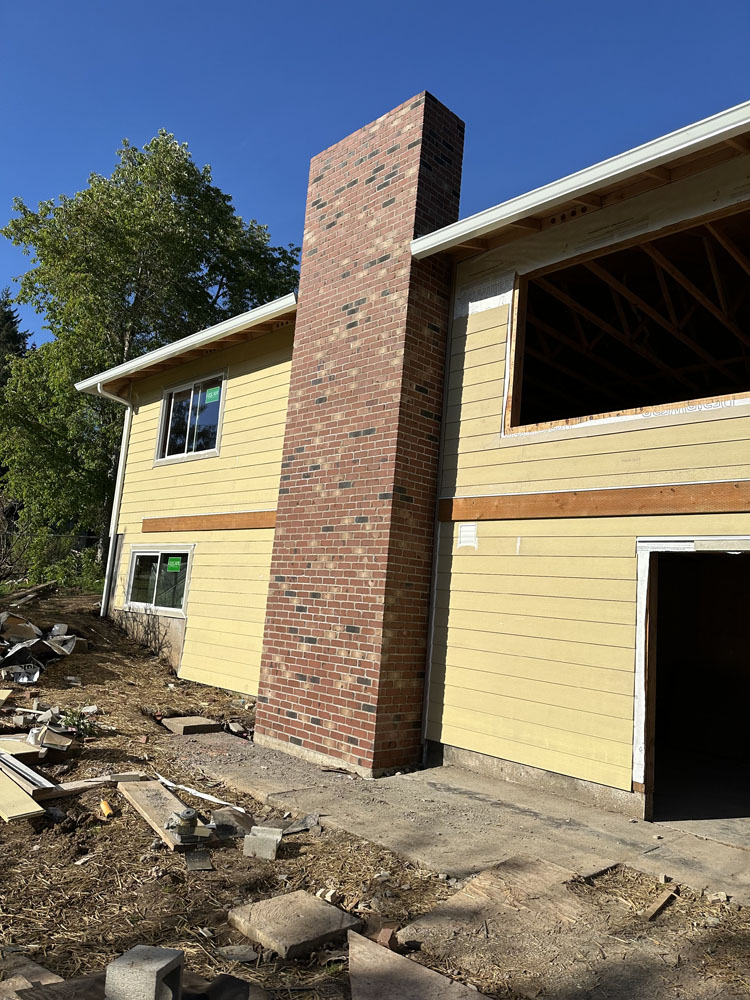Introduction
Maintaining the structural integrity of your walls is crucial for the longevity of your property. Over time, wear and tear can cause cracks, gaps, and deterioration in the mortar joints between bricks or stones. This not only compromises the aesthetics of your walls but also weakens their stability. To prevent further damage and ensure the longevity of your walls, quality tuck pointing in Oregon is essential.
What is Tuck Pointing?
Tuck pointing is a specialized masonry technique that involves repairing and restoring mortar joints between bricks or stones. It is a meticulous process that requires skill and expertise to achieve optimal results. The term "tuck pointing" originated from the thin line of putty-like material called "tuck" that is inserted into the grooves created by removing deteriorated mortar.
The Importance of Tuck Pointing
1. Enhances Structural Stability
One of the primary benefits of tuck pointing is its ability to enhance the structural stability of your walls. As mortar joints deteriorate over time, they become weak and prone to cracking. By replacing or repairing these joints, tuck pointing reinforces the overall strength of your walls, ensuring they can withstand external pressures and environmental factors.
2. Prevents Water Damage
Cracks or gaps in mortar joints allow water to seep into the walls, causing moisture-related issues such as mold growth, water stains, and rotting wood. Tuck pointing creates a watertight seal by filling these gaps, preventing water infiltration and safeguarding your walls against potential damage.
3. Improves Energy Efficiency
Gaps in mortar joints can also contribute to energy inefficiency within your home or building. These openings allow air leakage, resulting in drafts, temperature inconsistencies, and increased energy consumption for heating or cooling purposes. Tuck pointing eliminates these gaps, improving the energy efficiency of your property and reducing utility costs.

4. Preserves Historical Value
For older properties or buildings with historical significance, tuck pointing is essential for preserving their architectural integrity. By using traditional techniques and matching the original mortar color and texture, skilled masons can restore the authenticity of the structure while ensuring its longevity.
FAQs about Tuck Pointing
1. How often should tuck pointing be done?
The frequency of tuck pointing largely depends on various factors such as climate, exposure to harsh weather conditions, and the quality of previous mortar work. Generally, it is recommended to inspect your walls every 5-10 years to assess the condition of the mortar joints. If you notice any signs of deterioration, it's best to contact professional masonry contractors for an evaluation.
2. Can I do tuck pointing myself?
Tuck pointing requires specialized skills and knowledge to achieve optimal results. It is highly recommended to hire experienced masonry contractors for this task. They have the expertise, tools, and materials necessary to ensure a professional and long-lasting tuck pointing job.
3. How long does tuck pointing last?
When done correctly using high-quality materials, tuck pointing can last for several decades. However, its lifespan may vary depending on factors such as climate, exposure to moisture or extreme temperatures, and overall maintenance of the walls.
4. What are the signs that my walls need tuck pointing?
Some common signs that indicate the need for tuck pointing include visible cracks or gaps in mortar joints, crumbling or deteriorating mortar, water stains on interior walls, mold growth, or a general decline in the appearance and stability of your walls.
5. Can tuck pointing be applied to other types of masonry?
Yes, tuck pointing can be applied to various types of masonry structures such as chimneys, retaining walls, and even stone facades. The technique is adaptable and can be tailored to suit different masonry materials and designs.
6. How much does tuck pointing cost?
The cost of tuck pointing depends on several factors including the size of the project, the extent of repairs needed, accessibility, and the specific requirements of your walls. It is best to contact local masonry contractors for a detailed quote based on bricklayer contractor your specific needs.
Conclusion
Investing in quality tuck pointing in Oregon is crucial for maintaining the longevity of your walls. By addressing deteriorating mortar joints, you can enhance their structural stability, prevent water damage, improve energy efficiency, and preserve their historical value. Remember to hire experienced masonry contractors for this task to ensure a professional and long-lasting result. Don't neglect the health of your walls – ensure their longevity with quality tuck pointing.